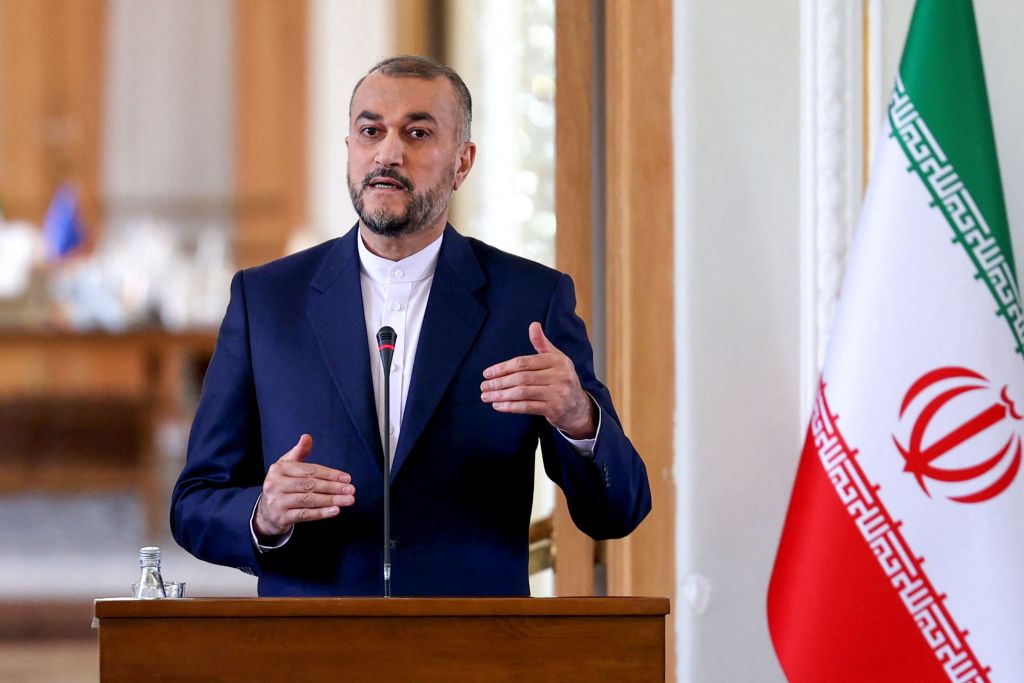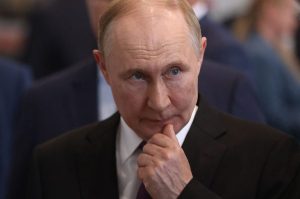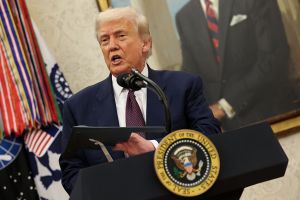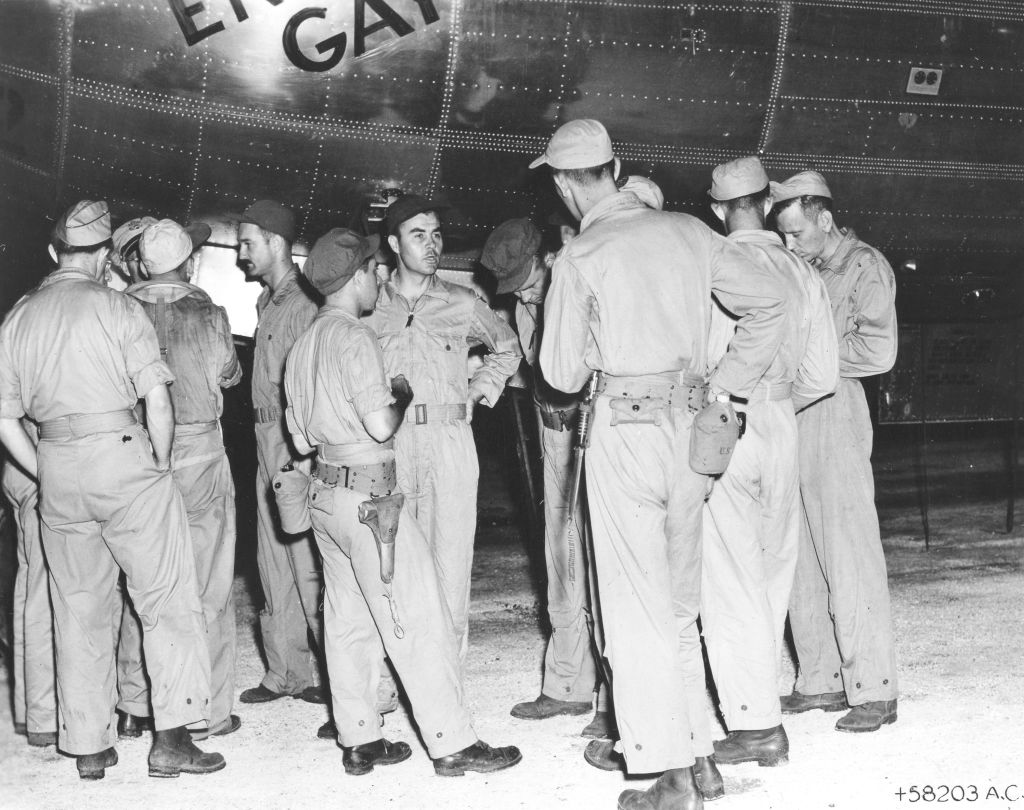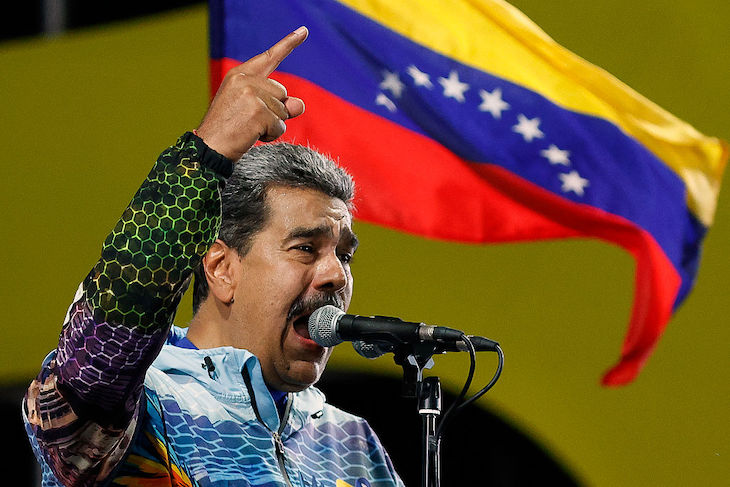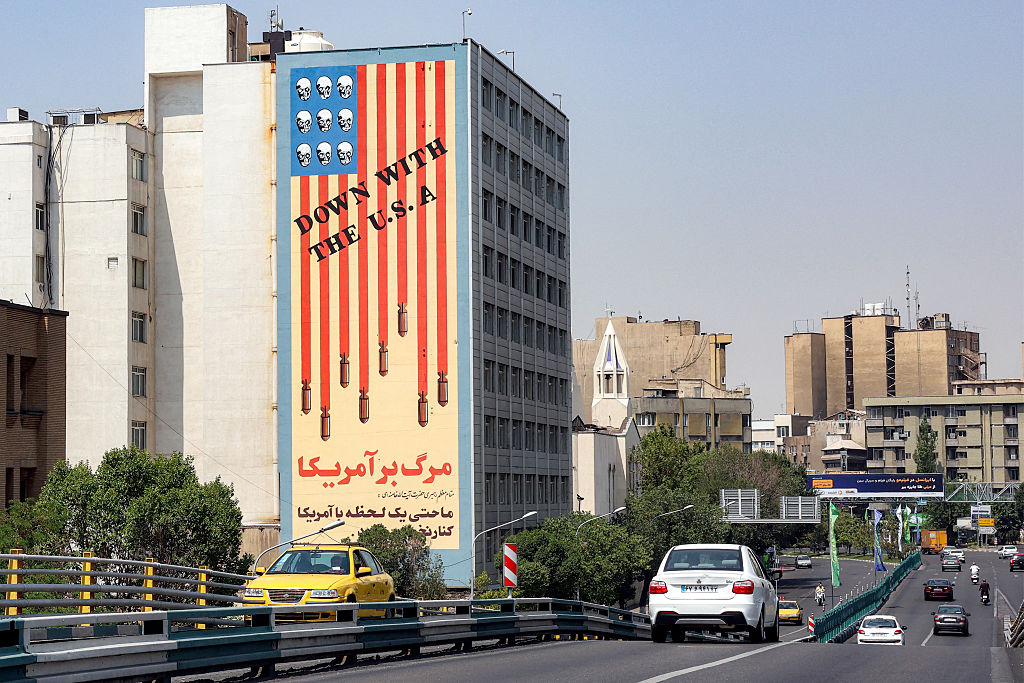Robert Malley may not technically be a diplomat, but he walks and talks like one. A specialist in the Middle East, Malley has extensive experience in government. He had an integral role in negotiating the Joint Comprehensive Plan of Action, or JCPOA, the deal that limited Iran’s nuclear activities in exchange for sanctions relief. President Biden brought him into his administration as his special envoy to Iran in the hope he could find some way to bring both Washington and Tehran back into an agreement.
Nineteen months later, Malley himself bluntly admitted that the talks were, if not dead, then frozen for the foreseeable future. Speaking at the Carnegie Endowment for International Peace, Malley said the Biden administration is no longer thinking much about the negotiations. “It is not on our agenda,” Malley said. “We are not going to focus on something which is inert when other things are happening… and we are not going to waste our time” if Iran continues to stake out a maximalist position.
Unfortunately for Malley and his team, Iran’s position has been the definition of unhelpful. While the Iranians have always been shrewd negotiators, American officials have been extremely frustrated with Tehran’s negotiating tactics. Whenever it appears as if a draft agreement is ready for signing, Iran’s negotiating team pulls back and brings up disputed points the Americans and Europeans thought were already resolved. Iran now remains insistent on two key points: the ongoing IAEA investigation into its past nuclear activities needs to be dropped, and the Biden administration must provide guarantees that a future president won’t be able to do what Trump did by arbitrarily leaving the agreement.
To US officials, these demands are not only excessive but patently absurd. The IAEA investigation, they argue, will be closed on the merits, not on a whim. If Iran wants IAEA inspectors to stop nosing around and asking questions, then it needs to cooperate with the agency and give sufficient explanations for why uranium particles were found in undeclared nuclear facilities. As far as Biden being able to prevent a future president from leaving the accord, Washington has tried to explain that Biden has no such power. “We’ve told them [Iran] since we started talking indirectly around March 2021… we can’t control what the next president does,” Malley said on NPR last month. “So if that’s something that Iran insists upon, there’s no point in negotiating.”
If returning to the JCPOA a few months ago was about as painful as pulling teeth, it’s now akin to getting operated on without anesthesia. The domestic politics of negotiating with the Iranians on any issue is never great. Yet serious policymakers understand there are circumstances when it’s wise to talk to atrocious regimes, particularly when the subject involves a possible nuclear breakout. But the current environment, both inside Iran and out, is complicating this type of statesmanship.
Inside Iran, a leaderless protest movement continues to percolate. Originally sparked by the late September death of Mahsa Amini, a twenty-two-year-old woman picked up by the morality police for what the authorities regarded as insufficiently modest dress, the protests have transformed into a broad-based resistance movement against the forty-three-year-old Islamic Republic. Supreme Leader Ayatollah Ali Khamenei may boast about the durability of the system he has led for more than three decades, but the octogenarian cleric is clearly disturbed by the unrest. The Iranian security forces have shown no mercy to the demonstrators; according to the United Nations, over 14,000 people have been arrested over the last six weeks, and at least 277 have been killed.
Events outside Iran are also dampening the prospects of getting the JCPOA back up and running. Tehran has been one of a few (with North Korea and Belarus being the others) to have provided Putin with some type of military support in Ukraine. Iran has sold Russia hundreds of cheaply made “kamikaze” drones, which Russian forces are using in part to target and destroy Ukraine’s energy facilities. US officials have stated that Iranian military advisers were deployed to Crimea for a short time to teach Russian personnel how to pilot the drones effectively. The Iranians are also reportedly preparing to send Russia precision surface-to-surface missiles — the very weapons systems Moscow is running short of after eight months of combat.
The internal crackdown and Iranian military aid to Russia have nothing whatsoever to do with the nuclear file. But it’s increasingly clear that Washington is connecting all three of these issues together. For the White House, haggling with the Iranians over sanctions relief at the same time Tehran is shooting protesters in the streets and arming Putin’s war of conquest isn’t a good look, even if this type of haggling is exactly what is required to keep the Iranian nuclear program in check.



